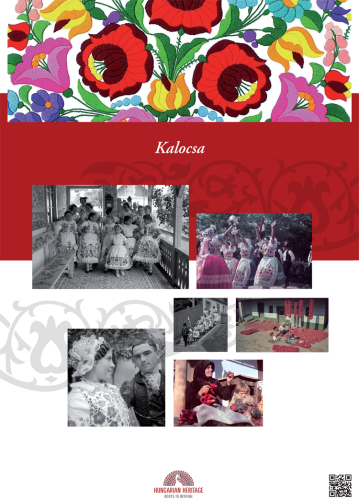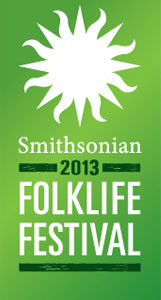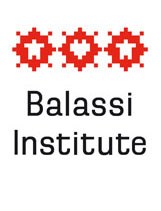 The town of Kalocsa is the seat of a geographic region in south-central Hungary that is defined by its distinctive dialect, folk arts, and Roman Catholic religion. The region is internationally renowned for the brightly colored flowers found in embroidery and wall paintings (pingálás), which have become emblems of Hungarian folk art in general. Kalocsa and its living traditions (especially wall-painting, embroidery, costumes, and dance) were added to the Hungarian National Inventory of Intangible Cultural Heritage in 2010.
The town of Kalocsa is the seat of a geographic region in south-central Hungary that is defined by its distinctive dialect, folk arts, and Roman Catholic religion. The region is internationally renowned for the brightly colored flowers found in embroidery and wall paintings (pingálás), which have become emblems of Hungarian folk art in general. Kalocsa and its living traditions (especially wall-painting, embroidery, costumes, and dance) were added to the Hungarian National Inventory of Intangible Cultural Heritage in 2010.
Kalocsa and its residents are committed not only to preserving their folk arts, but also to ensuring that their traditions and heritage will continue to be shared with and transmitted to younger generations. Various folk revival groups, folk dance ensembles, a museum, and a folk arts center all help maintain the distinctive culture of Kalocsa. Moreover, many different local events provide occasions for wearing folk costumes, such as the Midsummer Night’s Festival, Danube Folklore Festival, and Kalocsa Paprika Days Festival, as well as harvest dances. The town is also deeply involved in arts education within local schools as part of its ongoing efforts to promote and cultivate living traditions.
Related pages:






